President Trump actively changes direction
Many believe that the US is trying to withdraw from secondary “fronts” in Europe and the Middle East to focus on the Indo-Pacific region and China. At the same time, Washington is testing its main allies and partners in the region for their readiness to “follow” the US in a new round of confrontation with China. In this context, China is also making efforts to develop relations with neighboring countries in the region to neutralize the risks of geopolitical competition with the US.
First, the Trump administration is working to advance the peace process in Ukraine. On April 25, Special Presidential Envoy Steve Witkoff traveled to Moscow for his fourth comprehensive meeting with Russian President Vladimir Putin. This could be a pivotal moment in advancing a peaceful resolution to the conflict.
Trump is also expected to make his first foreign trip to three Gulf countries in May, Saudi Arabia, Qatar and the United Arab Emirates (UAE). The trip is seen as part of a diplomatic effort to promote the peace process in the Middle East, amid escalating tensions in the Gaza Strip, the dispute over Iran's nuclear program and initiatives to expand the Abraham Accords. According to observers, Trump's main goal is to restore the US's role as a mediator in the region, while also mobilizing more support for agreements to normalize relations between Israel and Arab countries - something he had promoted during his previous term. This trip is also seen as a strategic move by Trump, as he seeks to assert his foreign policy stance and reshape the US's position in a region that is rapidly changing.
Meanwhile, the latest news about Washington's actions towards the Indo-Pacific is the visit of US Secretary of Defense Pete Hegseth to the Indo-Pacific Command and military base in Guam in late March 2025. This is considered a move demonstrating the US's long-term commitment to regional security. Previously, Mr. Hegseth also held high-level meetings in the Philippines and Japan - two of Washington's strategic allies in the region - to strengthen defense cooperation, enhance deterrence and respond to security challenges, especially from China.
In early April, Western media revealed the contents of a document called the “Interim Strategic Recommendations on Defense” issued by the head of the Pentagon in mid-March. According to the document, when planning for potential large-scale armed conflict scenarios, China is considered the “primary threat” to US security. Sources said that the strategy was developed in the context of increasing tensions in the Indo-Pacific region and concerns about China's ability to engage in large-scale military actions. Although there are no details about the specific content of the document, identifying China as the “primary threat” reflects a shift in US defense policy from dealing with non-traditional threats to focusing on traditional threats from major powers such as China and Russia.
Trends of US-China competition in the Indo-Pacific
These US moves are being closely watched by China. It is believed that the US military presence in the Indo-Pacific region will be increased, including at forward bases in Guam and the Philippines, and that intermediate-range missiles will be deployed in the region. The arming of US allies and partners in the region (including some ASEAN member states) will also be accelerated; the number of joint exercises and training with countries in the region will increase.
While it is unclear how President Trump will put the Indo-Pacific strategy into service of his “America First” ideal, it is clear that he is still inheriting and promoting part of the policies of his predecessors in the Indo-Pacific, which tried to encircle China with a network of pro-American alliances and partnerships.
For its part, China is now formulating its own strategy to counter the US Indo-Pacific strategy over the next four years. The core of this is expected to be the concept of a community with a shared future for China and its regional neighbors, which Beijing has put forward to counter US efforts.
The international community is paying special attention to the developments and results of Chinese President Xi Jinping’s extensive tour to Vietnam, Malaysia and Cambodia. The agenda of this trip took into account the US tariff war against China and many trading partners, including Southeast Asian countries. During the meetings, Chinese President Xi Jinping and leaders of Southeast Asian countries focused on discussing the sustainability and security of regional production supply chains, protecting the multilateral trading system based on value chains and regional division of labor.
That is, the discussion focused on protecting the conditions necessary for the region's manufacturing sector to continue to grow, especially maintaining a mutually beneficial trade regime - a goal that is under pressure from Washington's tough tariff policy.
The overarching thrust of Xi’s trip is to advance agreements between China and individual countries in Southeast Asia to build a “community of common destiny” – a regional relationship structure that Beijing has framed as a system whose value transcends any commitments made by neighboring countries to external partners.
Judging from the optimism expressed in Beijing’s official reports and the cordial atmosphere in the informal meetings between President Xi Jinping and the leaders of Vietnam, Cambodia, and Malaysia, the main objectives of the trip have been largely achieved. Notably, Malaysian Prime Minister Anwar Ibrahim, who will serve as ASEAN’s rotating chair in 2025, stated that the association will not support unilateral tariff measures. “In the face of the increasing trend of unilateralism, Malaysia is willing to strengthen cooperation with China to jointly deal with common risks and challenges,” he stressed.
Observers say that the US Indo-Pacific strategy under President Trump will be highly pragmatic in its approach to alliances and partnerships in the region. Washington is expected to step up military cooperation with its allies, but at the same time, it will require them to significantly increase their defense spending. The Trump administration is also expected to pursue a trade-off approach - using economic benefits as a condition for security guarantees.
According to Ms. Do Lan, Deputy Director of the Institute of Asia-Pacific Studies at the China Institute of International Studies, the US economic and trade strategy in the region may include “transferring power in the form of tariffs” to readjust trade rules and promote production restructuring in the region. Specifically, Washington is expected to encourage partners such as Japan, South Korea, India and ASEAN countries to reduce their dependence on China. Meanwhile, the US will seek to gain advantages in the energy sector and control key supply chains in the Indo-Pacific.
In the context of increasingly tense competition for strategic influence in the region, it is clear that the Indo-Pacific will continue to be a key area where major powers will reshape economic, security and political orders in the coming decade.
Hung Anh (Contributor)
Source: https://baothanhhoa.vn/chinh-quyen-trump-va-huong-di-moi-o-an-do-duong-thai-binh-duong-246892.htm


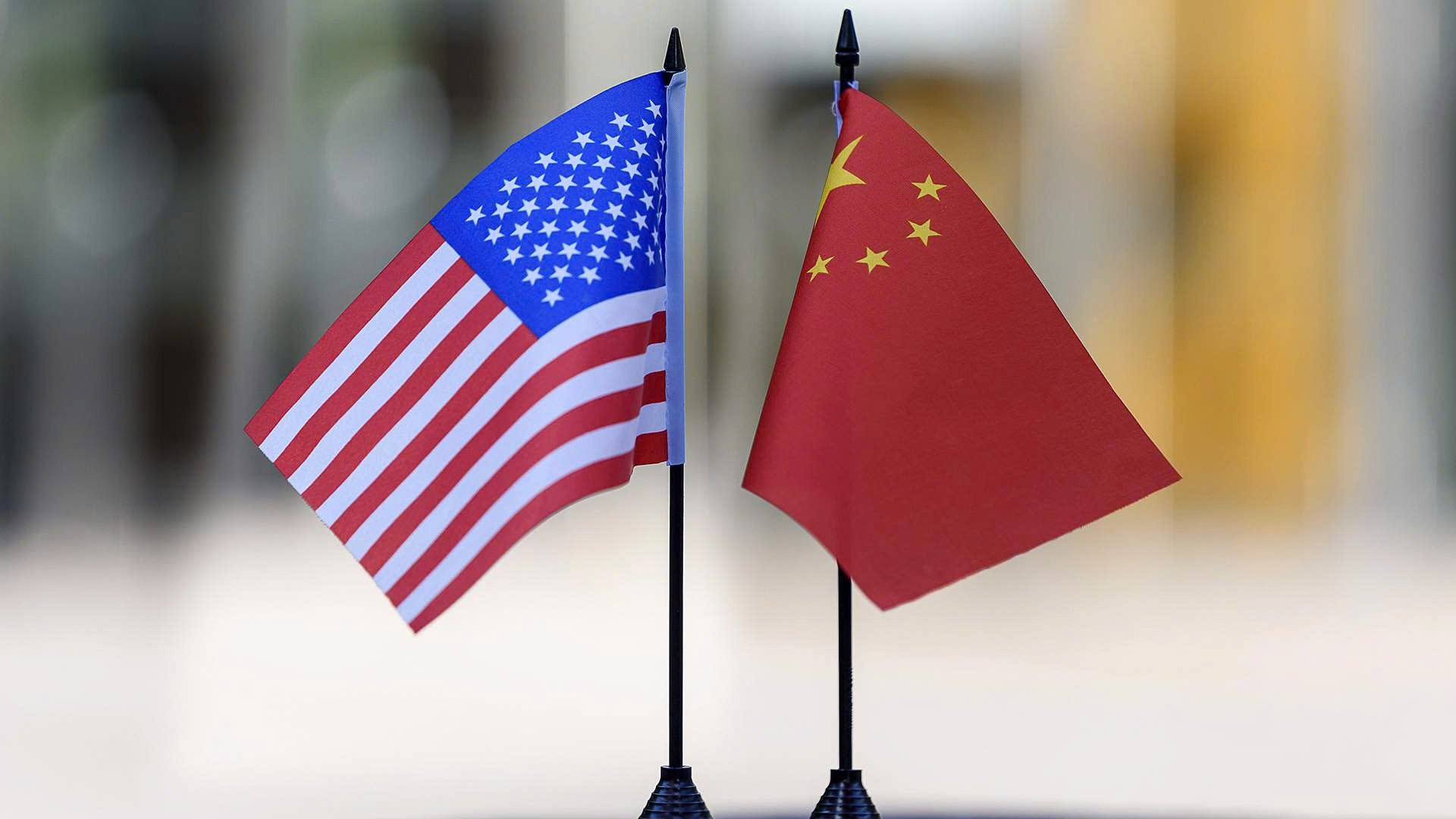





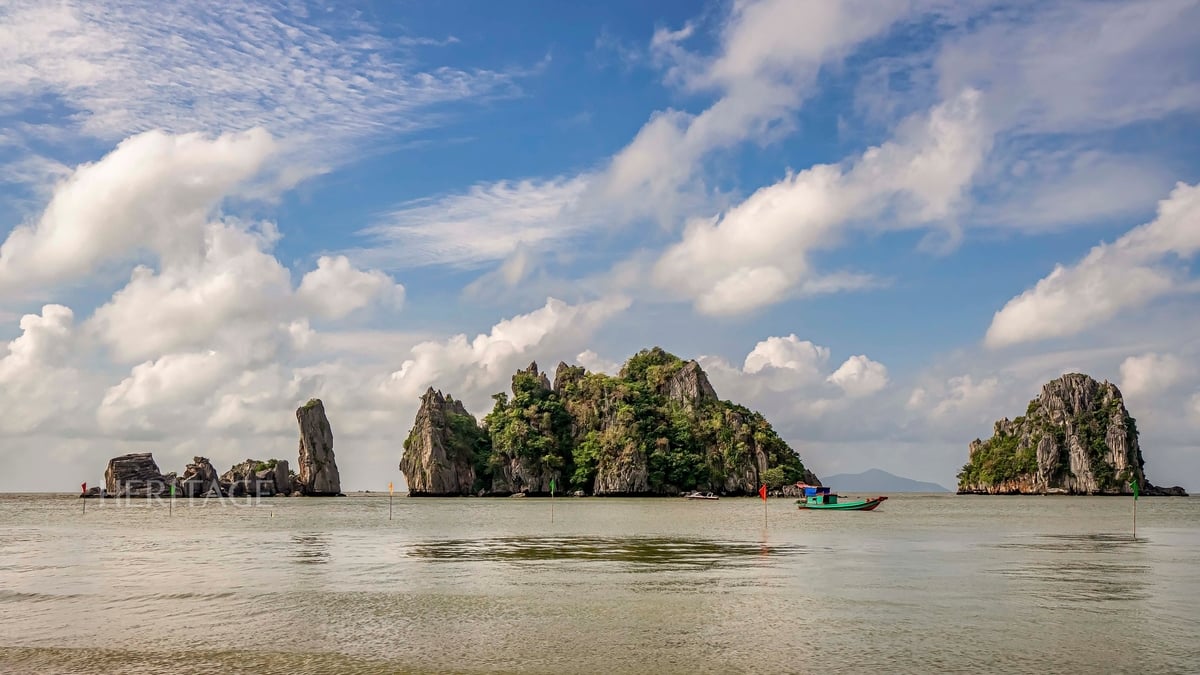

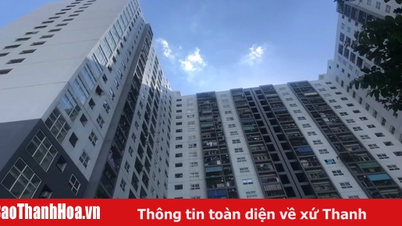


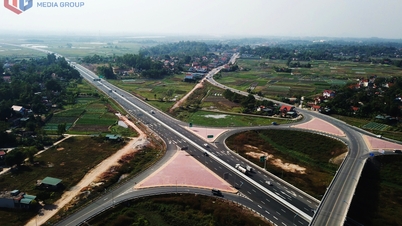



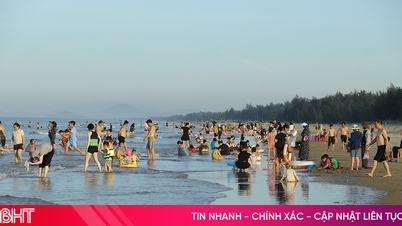





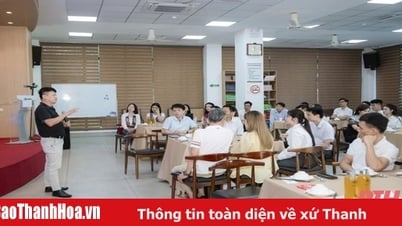


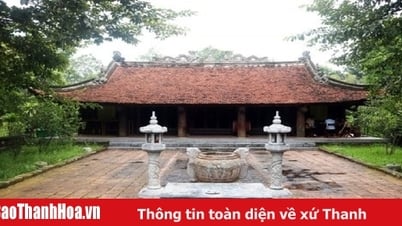
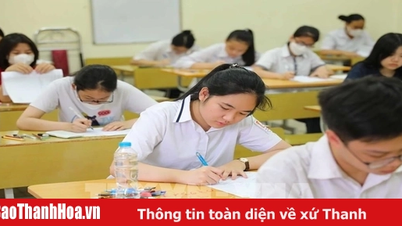
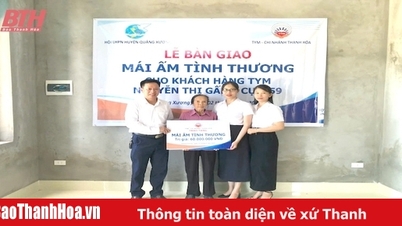
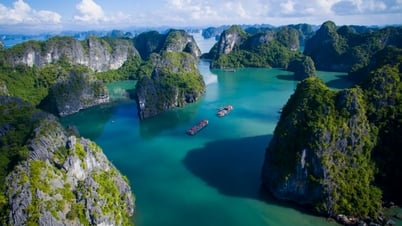










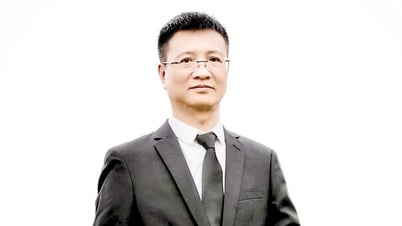





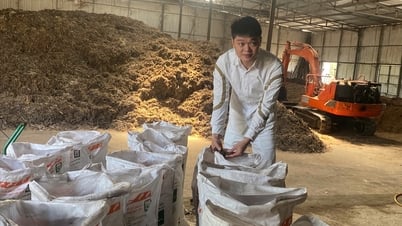




























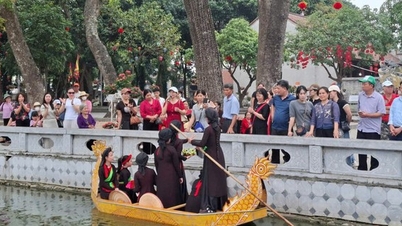
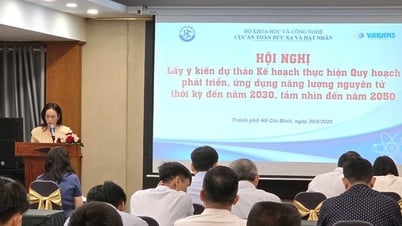
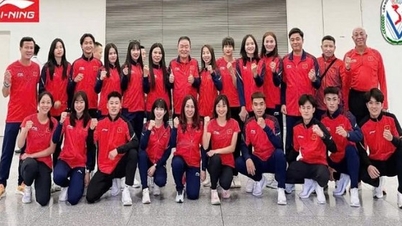







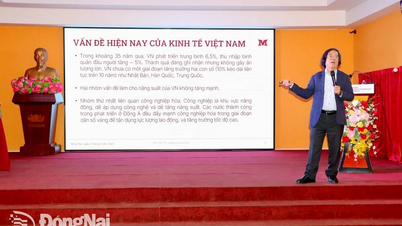














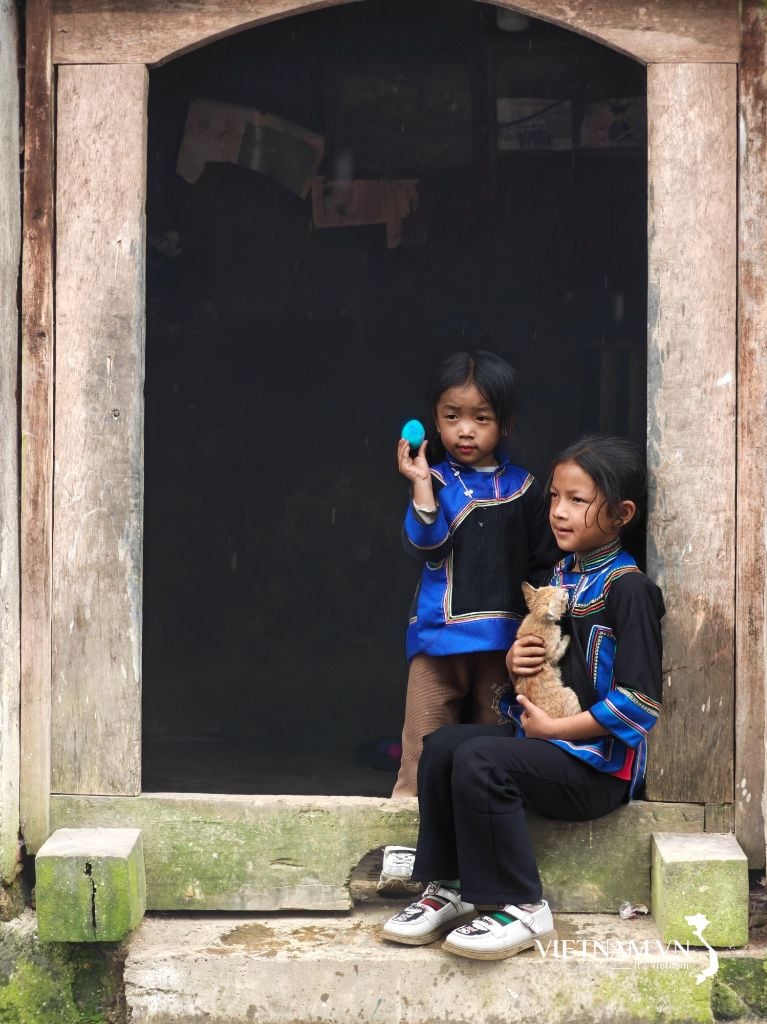
Comment (0)